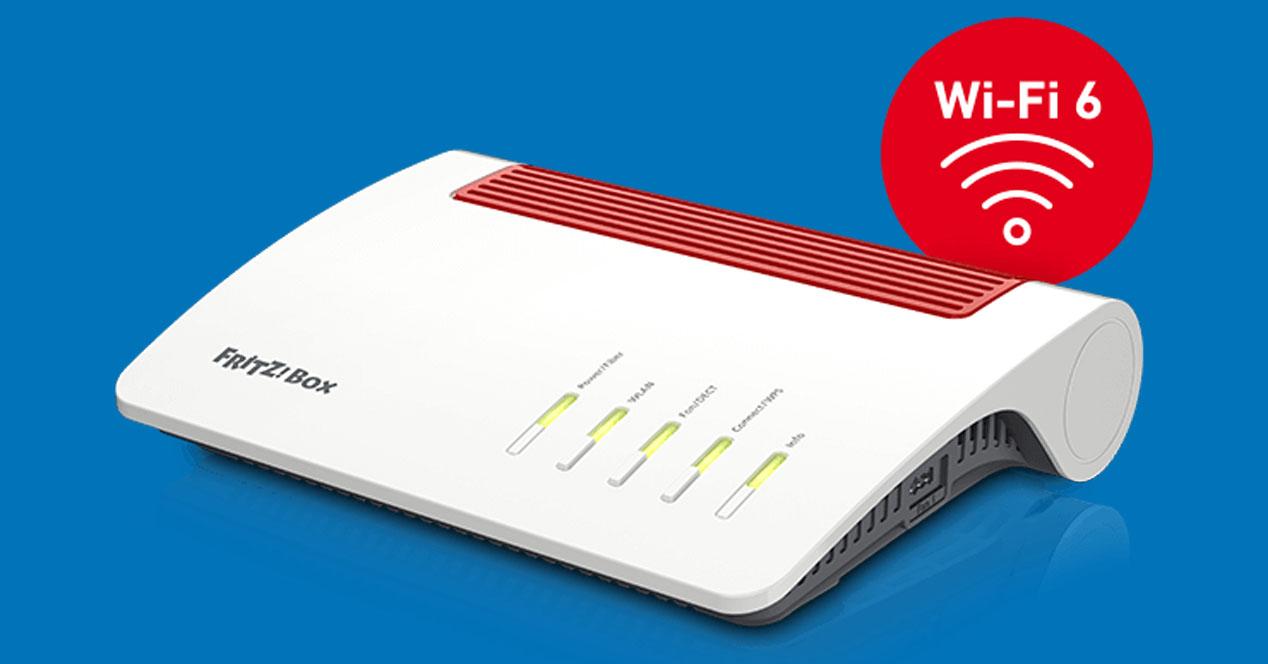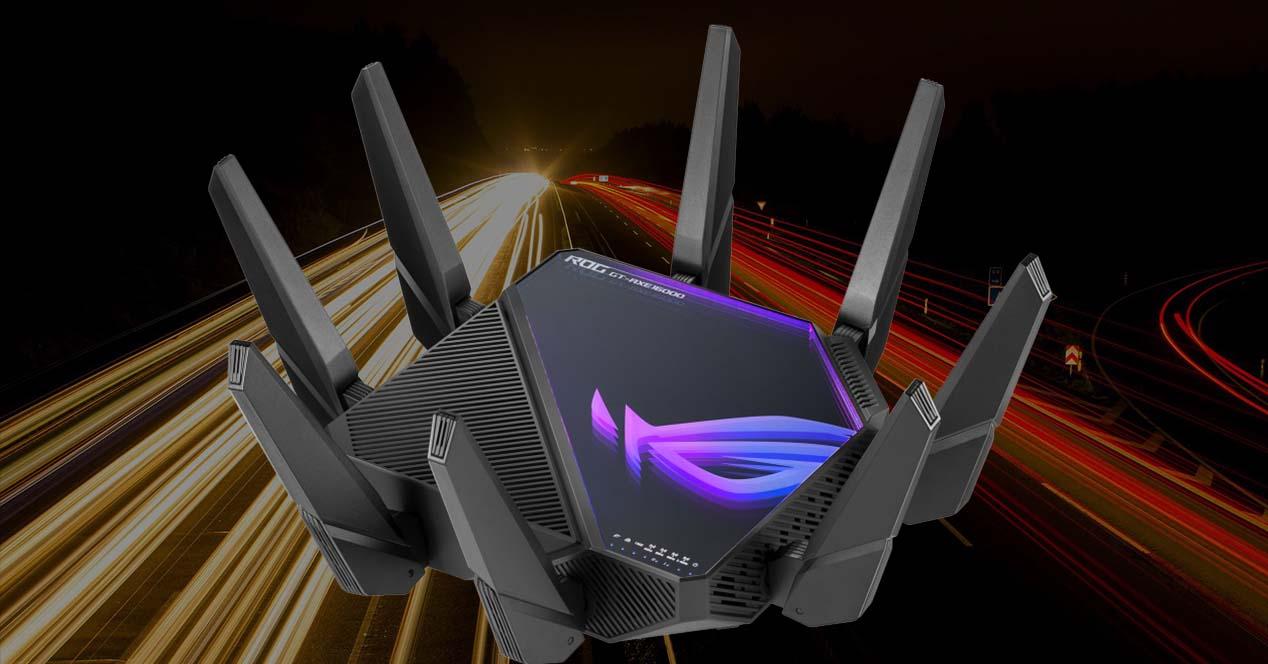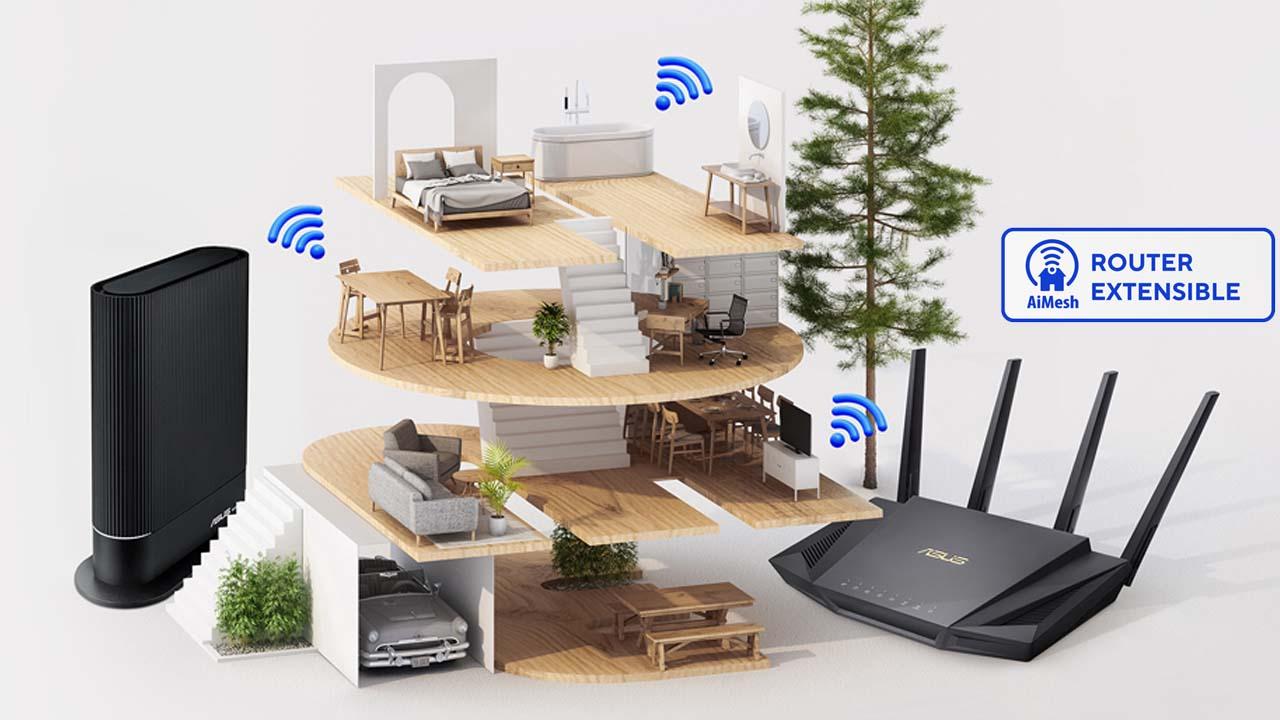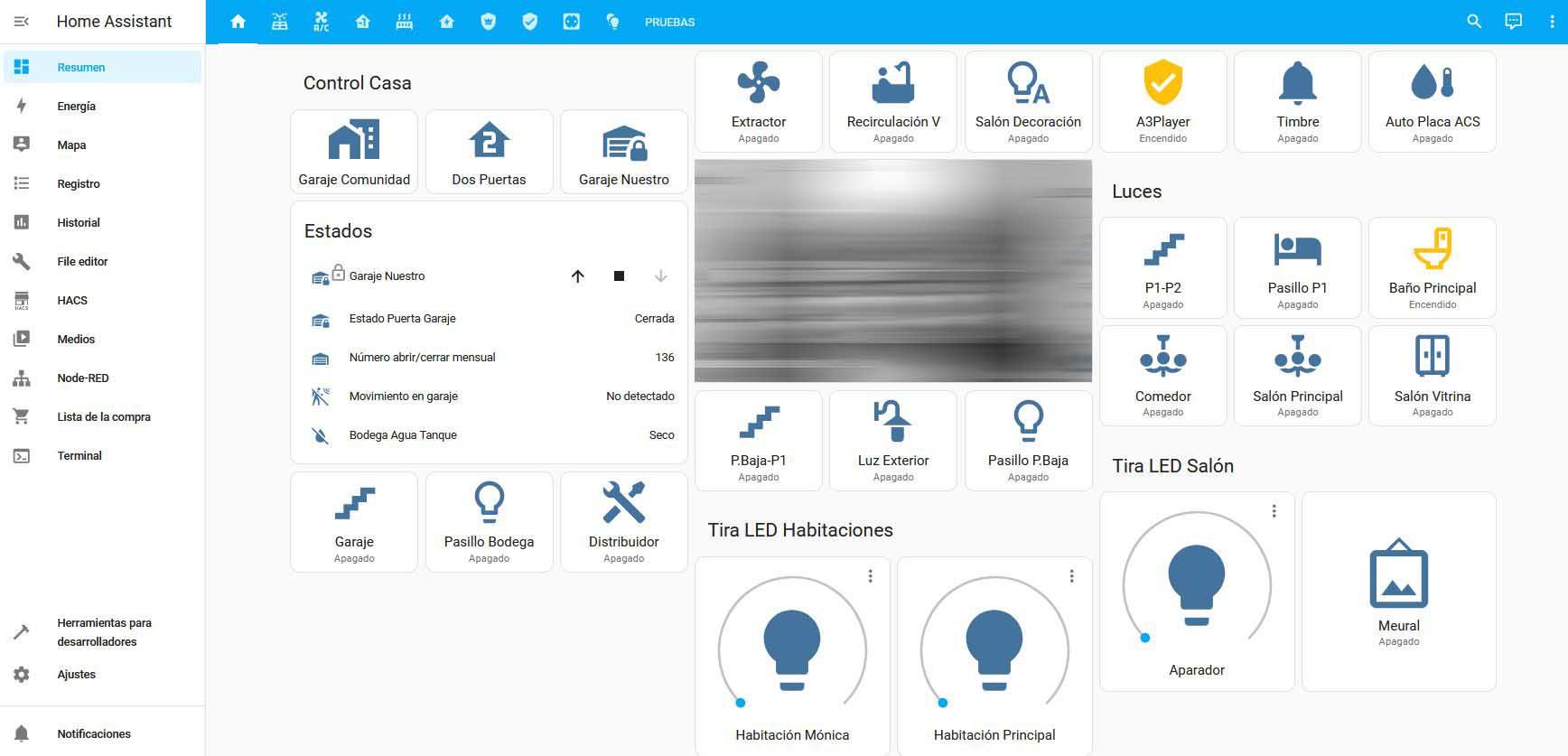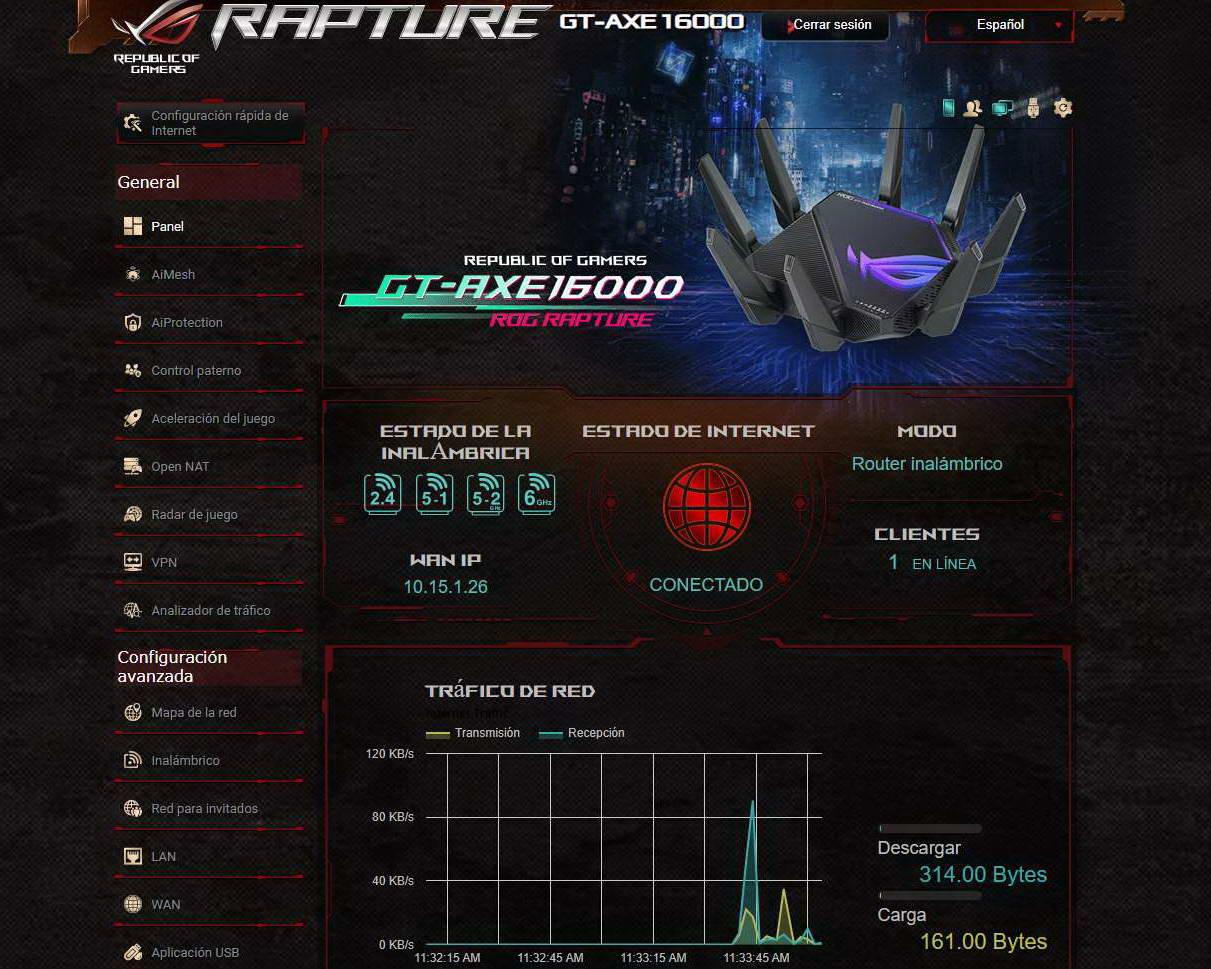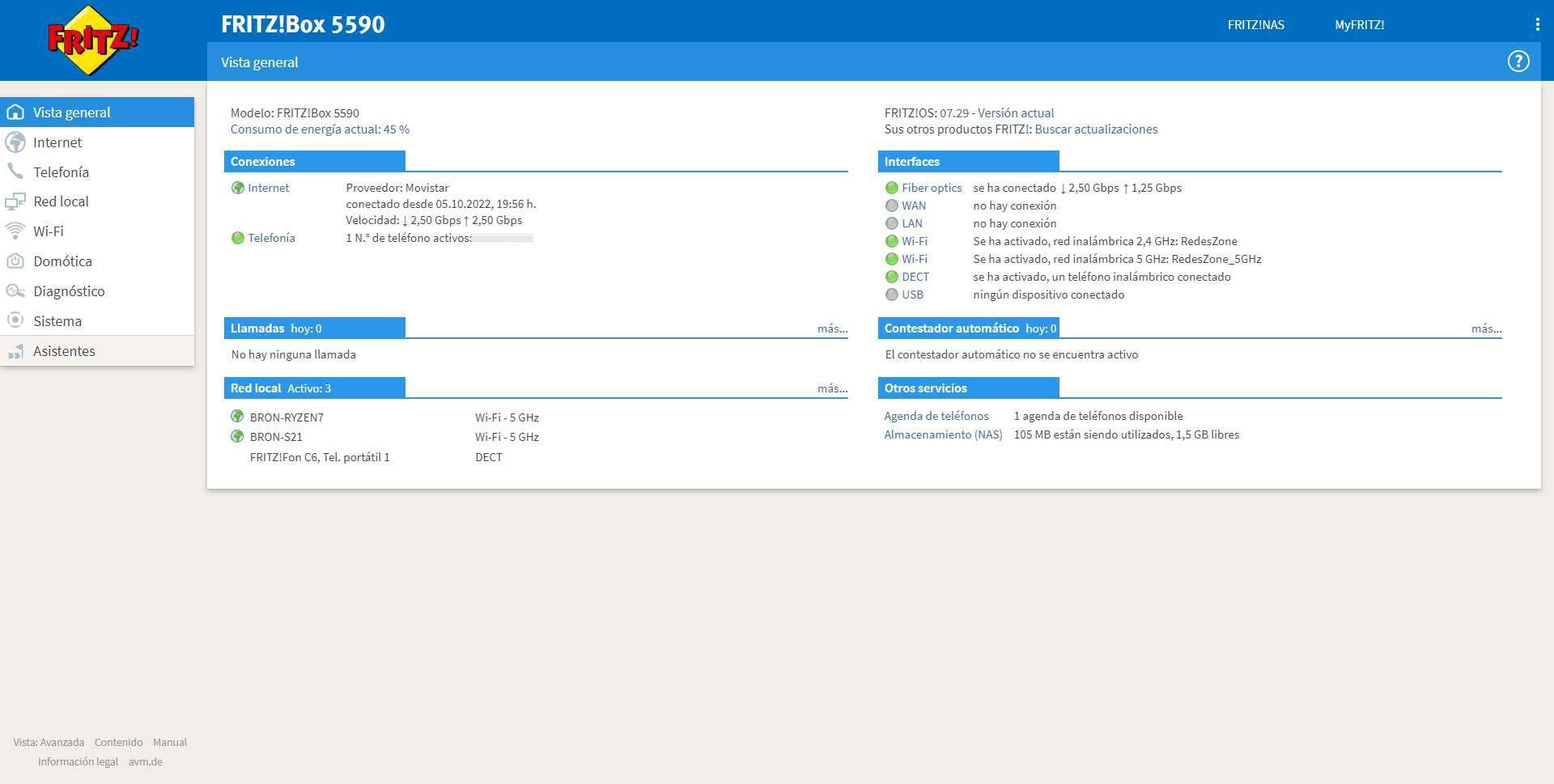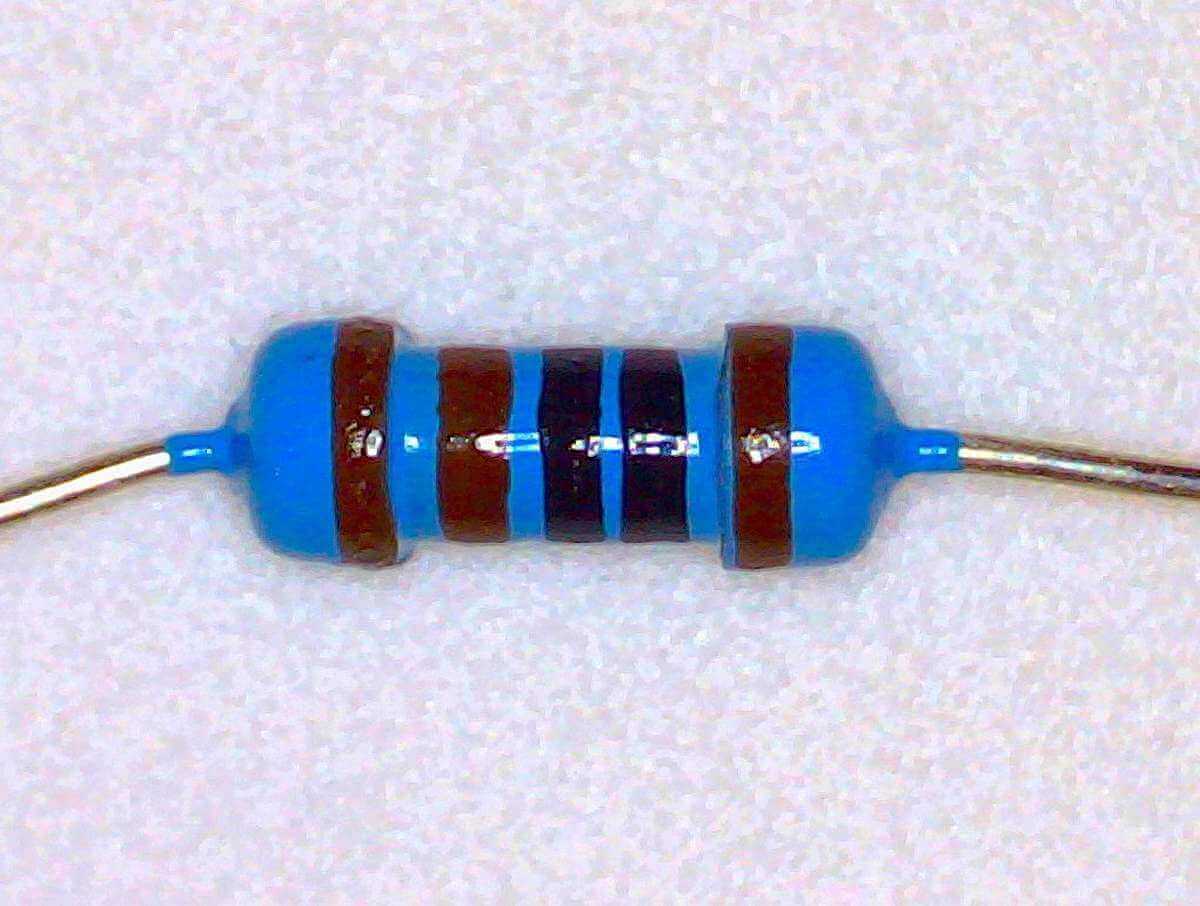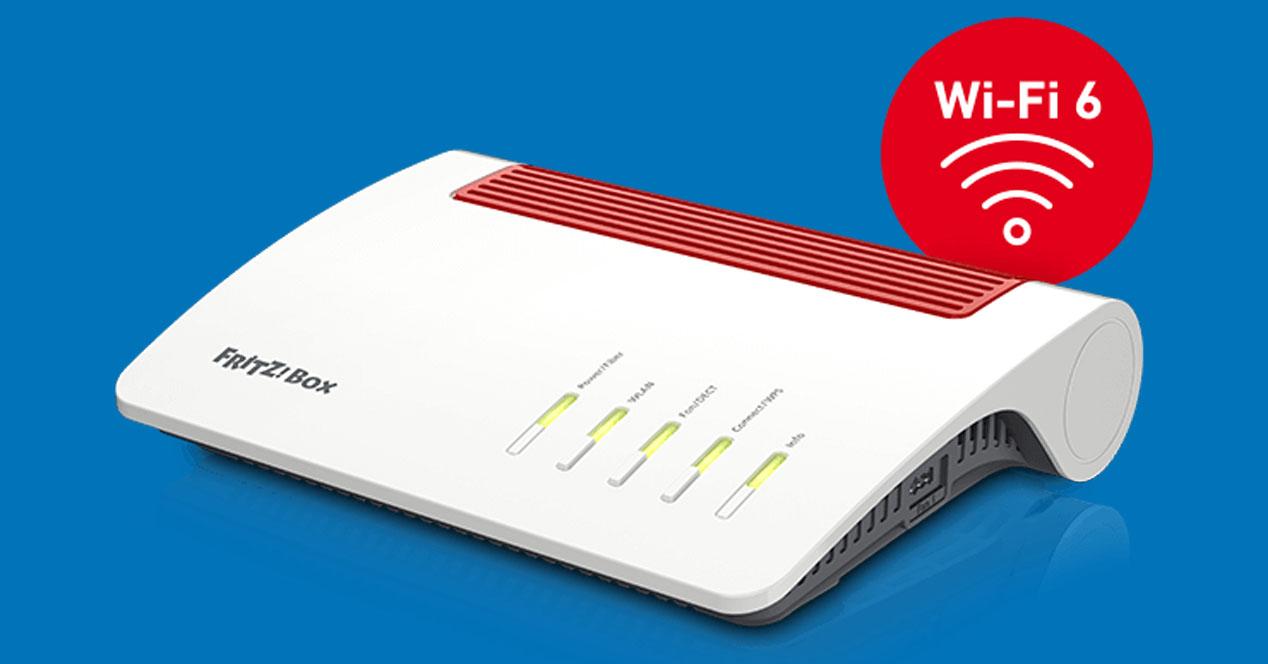
However, something you should know is that it is possible that, if you change your operator, this router with integrated ONT that you have purchased is not compatible. Although the GPON technology It is a standard and the different types of authentication too, many operators do not provide the necessary connection data to put our own router. In some cases, we can extract this data from the router with the operator’s current ONT, but the process is quite complex in most cases (except Movistar and O2), so if you are going to change operators, you should know previously if they are going to provide you with the connection data.
For this reason, our advice is to always buy neutral routers with RJ-45 input on the WAN. Although you must always have two devices on (the ONT and the neutral router), buying a neutral router will give us compatibility with any operator, regardless of whether it uses FTTH, DOCSIS or ADSL2+/VDSL2 technology since the modem is external. There are models like this FRITZ! Box 5590 that we recommend, which also incorporate the possibility of using one of its RJ-45 ports as Internet WANso it is a really versatile device and suitable for all Internet connections, in addition, its firmware allows you to configure VLANs both on the Internet and VoIP side by incorporating an IP PBX inside.
Acquire a new but old router
In order to save some money, many users decide to buy a new router, but with very old technology such as Wi-Fi 5. It is never advisable to buy a router that has been on the market for many years, for several reasons:
- outdated hardware. Over time, manufacturers release hardware patches to fix small problems and even increase the performance of their equipment.
- Performance worse than a new computer with renewed, but lower-end hardware. This is very common, a top-of-the-range router from 3 years ago has the same performance as a current mid-high-end router, and they will cost practically the same.
- Firmware may not be updated soon. The vast majority of home router manufacturers stop updating their equipment after three or four years, there are some exceptions, but in general the policy is this.
By buying a new model, you ensure that you have the latest hardware and firmware that will be supported for at least the next three to four years. For these reasons, you should never buy an old router, even a high-end router, because it may very well be out of support soon. Right now you should buy a router with Wi-Fi 6 or higher, although Wi-Fi 6E models are still a bit pricey, and if you don’t plan on connecting multiple devices to the new 6GHz band, our recommendation is to save that money.
Top of the range model without needing it
Many users, when they decide to buy a new router, want the top-of-the-range model of more than €500, without really needing all the features and options available. Buying the most expensive model does not mean that it is the best, in fact, it is advisable to buy a model that suits your home needs. For example, if you live in a small apartment and have a maximum of 5 devices connected, it is not necessary to spend €600 on a latest generation Wi-Fi 6E router, with a model of around €150 it is more than enough for your Internet connection needs, either wired or WiFi.
High-end models have one or more Multigigabit ports at 2.5G and even 10G, if you currently do not have equipment that supports these speeds, and you do not plan to buy a new Ethernet network card in the near future, it is not logical that you spend more money on a router with this feature because you will not be able to take advantage of it. However, it may be interesting to do so if you plan to make the leap to Multigigabit networks in the near future. In this case, we do recommend buying a model with dual 2.5G Multigigabit ports (one for WAN and one for LAN).
Of course, in case you have many devices connected to WiFi, then our recommendation is that you buy a WiFi Mesh system, for example, ASUS routers are extensible and allow us to set up a Mesh network very easily. In this way, we can distribute the WiFi wireless clients among the different nodes that we have.
Not taking into account what your house is like for WiFi
Depending on what your home is like, it will be enough to buy a Wi-Fi router to provide wireless connectivity to every corner. However, for larger houses and even if we have a duplex, we must look for other options because a single router will not be enough. There are many scenarios where wireless coverage is not sufficient, for example, if we have a villa with three floors and you place the router on the first floor, the wireless signal will not reach the upper floor, although we can get a good connection on the second floor. plant.
In these cases, it is best to buy a WiFi Mesh system, although a very good option is to buy an ASUS router since they are extensible, and that is that we can buy a router today, and when we need to improve coverage, buy another, and join them together yes via WiFi with AiMesh technology. In this way, we have the possibility of creating a complete mesh WiFi network as if it were a pure Mesh system, but we have greater versatility when configuring the different equipment.
One mistake that you should not make is that in these cases it is better to buy a cheap Mesh WiFi system rather than a very expensive router, because wireless coverage in this scenario is going to have a limit, and no matter how good the router is, it will not hurt you. the signal will reach the upper deck. In all homes in Spain from 2011, it is mandatory that all rooms in the house have an Ethernet network socket. This is perfect for connecting the Mesh nodes to the main Mesh router so as not to have any kind of loss of bandwidth, we will achieve the maximum possible speed in any circumstance.
Home automation present and future
Before buying a new router, it is very important to take into account the home automation that we currently have, and also what we are going to incorporate into our home soon. Today there are a large number of home automation devices that are connected by Z-wave or Zigbee, these two wireless networks will not affect the router because it is necessary to buy a hub for these sensors and devices. However, there are a large number of home automation devices that connect directly to the WiFi wireless network, without the need for any type of hub, in these cases it is where we must take into account how many devices and what traffic they are carrying.
If we are going to buy several IP cameras, our recommendation is that you make sure that they have support for the 5GHz frequency band. In this way, we can leave the 2.4GHz band for other sensors and devices that are not compatible, and the cameras that do support 5GHz connect them to this band. In addition, we must bear in mind that when we are viewing IP cameras, they consume a lot of bandwidth that will not be available to other devices.
If you are going to connect more than 20 home automation devices via WiFi throughout your home, our recommendation is that you buy a Mesh WiFi system, if possible, that is simultaneous triple band. In this way, we will have a load balance between the different nodes of the mesh network, perfect for not “collapsing” the router, and the best possible speed in the trunk link that is established between the nodes and the main router.
Take a good look at the firmware features
Firmware is one of the most important elements of a router or a WiFi mesh system. There are manufacturers that have a very complete firmware, suitable for both basic users and also for more advanced users who want to configure something in a very specific way. Our two favorite manufacturers in terms of the firmware of their home routers are ASUS and AVM, the first because it has the Asuswrt firmware that is very complete and advanced, and the second because it also has advanced features, but has a more user-friendly design and suitable for Anyone with no knowledge of networks.
Before buying a router, our recommendation is that you read analyzes like the ones we do, where we explain in detail all the firmware configuration options. In this way, you will be able to know in advance what options we have available, and not be surprised when we already have it in our home. In a home Wi-Fi router, we highly value the following configuration options:
- Wifi:
- Possibility of separating the 2.4GHz and 5GHz frequency bands into different SSIDs.
- Configure WPA3-Personal, or at least give the option to configure WPA2/WPA3.
- Support to form a mesh network with routers, and that are compatible with WiFi mesh systems or repeaters from the same manufacturer.
- Advanced WiFi settings such as modifying the channel, channel width, roaming support, scheduling power off and on etc.
- Configure guest WiFi network at least, although it is desirable to be able to create more WiFi networks for home automation issues specifically.
- Wire:
- Possibility of configuring a Link Aggregation in case we have a NAS with several Ethernet ports.
- Activate Jumbo Frames on the LAN and have the best possible performance.
- Services:
- Parental control based on time and content.
- Some threat protection system, such as ASUS AiProtection.
- VPN servers with OpenVPN and WireGuard.
- VPN client with OpenVPN and WireGuard, and that you can choose which local network clients you want to go out to the Internet through the VPN tunnel.
- If the router has USB, have Samba, FTP/FTPES and DLNA at least. It is also desirable to have a print server and that we can use a 4G USB modem.
As you can see, there are many features that a WiFi router firmware should have. Depending on your needs, you will have to resort to some brands or others, since within a brand the firmware is more or less similar in all of them.
conclusions
Buying a router is a very important decision to be able to enjoy a fast, stable Internet connection and have at our disposal the possibility of configuring a Mesh network so that coverage reaches every corner of our house. Many people are satisfied with the routers provided by the operators, however, many others decide to buy a better router and one that incorporates more configuration options, this is where you have to be careful when buying one, so that it adapts perfectly to your needs.
Take into account whether or not it has an integrated ONT, its technical characteristics and also what its firmware is like, are three fundamental aspects that you should know. In addition, it is also very important to know how you are going to use your router in the near future, if you are going to have equipment with Multigigabit connectivity or if you are going to incorporate many home automation devices into your home. Once you are clear about what you need, we recommend that you read reviews about different models to compare the real performance and the different options that we have available in their firmware.
